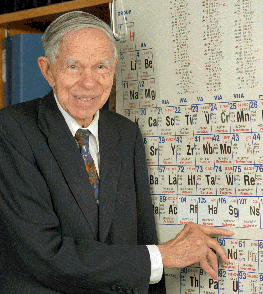During the early Age of Exploration, explorers from Europe searched for a northern passage which would allow explorers to sail from the Atlantic to the Pacific. These explorers, such as Henry Hudson and Vitus Bering, failed to discover such a passage but did discover many previously unknown places. In 1819, William Edward Parry‘s expedition to Arctic Canada almost made it to the other side, but ultimately their ship got stuck in ice over the winter, and their attempts to go further west the following summer were unsuccessful. Further expeditions in the 1820s by Parry and other British explorers remained unsuccessful at finding the Northwest Passage, but in 1827 Parry attempted to reach the North Pole, and went as far as 82° 45′ N (for reference, the North Pole is 90° N). An 1871 American expedition undertaken by the ship Polaris also tried for the Pole, but that expedition failed after its leader died from a likely poisoning and the ship was set adrift during a storm the next year and was wrecked. Subsequent expeditions to reach the Pole during the 1870s and 1880s were also met with hardships and ended in failure, though new discoveries were made. In 1890, Norwegian explorer Fridtjof Nansen came up with a strategy to let his ship Fram drift through the ice towards the Pole, and his expedition started in 1893; however, the drift was far too slow and Nansen and a partner embarked from the Fram in 1895 in order to reach the Pole on foot; the team eventually gave up and headed for land, but not before reaching 86° 14′ N, which was by far the new record. Umberto Cagni’s expedition reached 86° 34′ in 1900. (There was also the spectacular failure of an 1897 Swedish balloon expedition to the Pole which ended in the deaths of its 3 members, who had struggled back to land after their balloon crashed.)

By 1908, American explorer Robert Peary had made many attempts at reaching the Pole, such as a 1900 expedition which reached the northern tip of Greenland, and a 1906 expedition in the SS Roosevelt in an attempt to set a new Farthest North record, which he claimed to have achieved when he returned. Peary eared the Hubbard medal from the National Geographic Society for the latter expedition, and in 1908 he set out to finally reach the Pole. After departing from Ellsmere Island in Canada in February of 1909, Peary and 5 of his companions apparently reached the Pole on April 6, 1909. However, when Peary returned home, he learned that Frederick Cook, who had accompanied Peary on many of his previous voyages, had claimed to have visited the Pole the previous year. Peary was frustrated, and tried to establish that Cook’s claims were false as soon as he got back to the mainland of North America. (Peary also ordered a friend of Cook’s expedition in Greenland who possessed Cook’s journal and equipment to leave those items behind in Greenland, which complicated matters for Cook.) Indeed, Cook had little firm evidence of reaching the pole, and some of the measurements he was able to produce were inaccurate. Though some doubt fell on Peary’s claim to have reached the Pole as well, especially given that all of Peary’s navigational staff had turned back before the Pole, ultimately Peary and his supporters were able to convince many of the relevant authorities that their claims were true. Peary thus sat as the undisputed first to reach the Pole for many decades, and Norwegian explorer Roald Amundsen, who had been the first to traverse the Northwest passage, set his sights on the South Pole instead and became the first explorer to reach it in 1911.

Cook’s claim to have been the first to summit Mount McKinley (or Denali, as it is also known and now known officially – but that’s another story) has generally been disproven, as it seems to have been taken on a lower peak, lending doubt to his polar claims. However, Peary had also made implausible and inaccurate claims on his previous expeditions, such as the discovery of a far-northern “Crocker Land” which does not exist.
A good source I used:
Smithsonian magazine, Who Discovered the North Pole?







